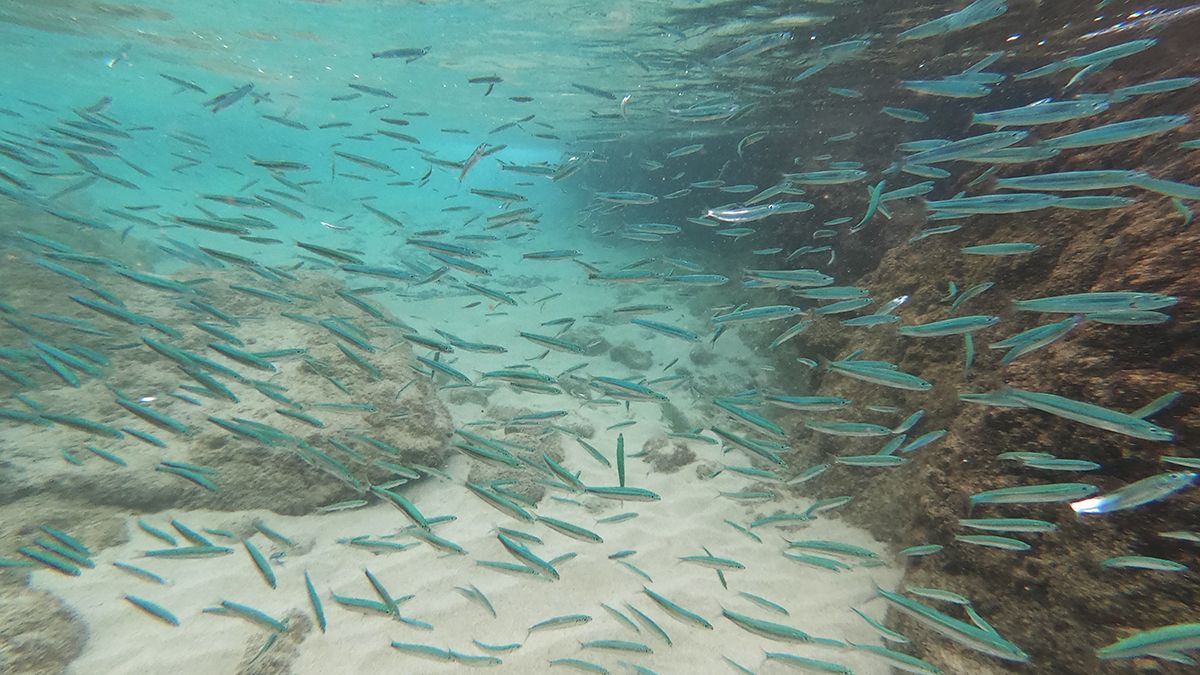KAWAIHAE, Hawaii — On May 17-19, a coral spawning event led to the closure of the parking lot at Waialea Bay Marine Life Conservation District in the morning hours. It was a request from the Department of Land and Natural Resources Division of Aquatic Resources to keep the public out of the water.
Aquatic biologist Chris Teague with DAR said coral reproduction is tied to lunar and tidal cycles; tracking the timing of the moon phase and outgoing tides are indicators of spawning.
“There were two spawning periods this year on coral colonies across the islands,” said Teague, in a news release. “One was in April and the other occurred on Tuesday, Wednesday and Thursday.” She said spawning wasn’t seen Tuesday morning, however, it was observed at various times during the week in Kiholo Bay, Papa Bay, Heeia Bay and Kahaluu Bay.
With the highest level of state protection, Waialea Bay MLCD’s near-shore waters are home to small colonies of coral. Teague said there was a much healthier coral reef offshore before the severe coral bleaching event in 2015.
“Our main concern is all of the things we put on our skin and in our hair,” said Megan Lamson, a DAR fish and habitat monitoring technician. “Skin care products like sunscreen, moisturizers, shampoo and conditioners. All of these chemicals can have detrimental effects on coral eggs and sperm, and they hang out in the top surface of the water, which is where people tend to swim.”
First introduced in Jan. 2018, Senate Bill 2571 banned “the sale, offer of sale, or distribution in the State of any sunscreen that contains oxybenzone or octinoxate, or both, without a prescription issued by a licensed healthcare provider to preserve marine ecosystems.”
Gov. David Ige signed Senate Bill 2571 into law on July 3, 2018, making Hawaii the first place in the world to ban sunscreens containing oxybenzone or octinoxate. It went into effect Jan. 2, 2021.
Hawaii Island leaders are also considering a similar measure, stated the DLNR release. As a first step, a private-public partnership helped install a reef-safe sunscreen dispenser at the entrance of Waialea Bay MLCD in Nov. 2021.
Maui County passed Ordinance No. 5306 (Bill No. 135) following the same guidelines as SB 2571 that was signed by Mayor Michael Victorino on Dec. 6, 2021. It goes into effect Oct. 1, 2022.
Working ahead of the October deadline, popular visitor destination Maui Ocean Center and Raw Elements, a science-backed and reef-friendly sunscreen brand, have partnered to install two sunscreen dispensers in high-traffic areas of the aquarium. “Our goal with this partnership is to inspire visitors to make the safest choice for our reefs before they enter the ocean, and to show our support for Bill 135,” said Tapani Vuori, MOC general manager.
“It’s perfect timing as Maui’s Bill 135 comes to fruition in October,” stated Chris Wagaman, co-founder of Raw Elements. “Maui County, with all its efforts, deserves partnerships like this to help bolster and support the change. Raw Elements is excited to be working with Maui Ocean Center to educate visitors and the local community about sun safety.”
When asked to stay out of the water during spawning mornings, Teague said people have almost always voluntarily done so. “Sharing information about the life-cycle of corals, the importance of our reefs as the very foundation of the ocean, is all it takes to get people thinking about changing some of their habits.”
Sarah Yamanaka is a digital journalist for Spectrum News Hawaii. Read more of her stories here.



